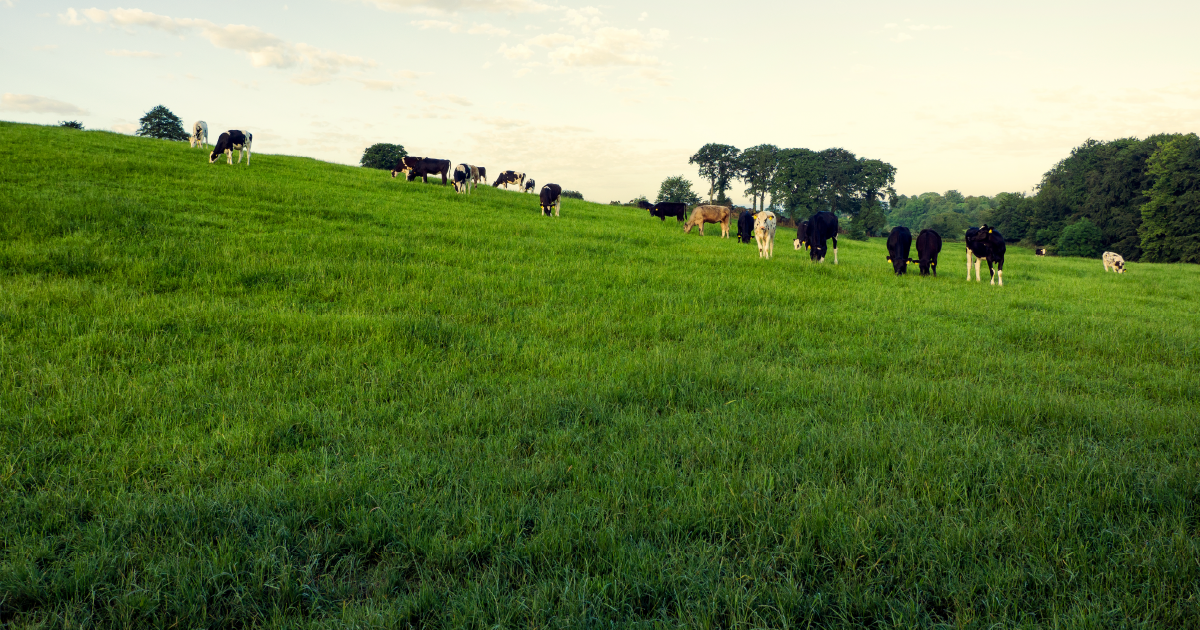With the autumn/winter calving season upon us, it is important to consider ways to keep cows healthy at this crucial time. There are many challenges during the transition period but the biggest challenges can be the result of the metabolic changes that occur around calving and as the cow transitions into lactation. The main challenges are; trying to maintain hydration when water intake is reduced; mobilising calcium for colostrum and milk production; maintaining energy intake when dry matter intake is reduced.
Three important changes that occur during calving
1) Changes in fluid and electrolyte balance. Directly before and during calving, cows do not eat or drink, but during calving they can lose up to 50L of water and electrolytes. This may make them listless, which reduces their dry matter intake (DMI) post-calving.
2) Rapid increase in calcium demand. Colostrum and milk contain large quantities of calcium, so the amount of calcium a cow needs directly after calving increases dramatically. Their bodies try to meet this need by increasing the uptake of calcium from their diet and by releasing calcium from their bones. When calcium levels are low the cows may develop clinical milk fever which is severe calcium deficiency. However, there may also be cows in the herd with subclinical milk fever that do not show any visible signs, but can still have low blood calcium levels. These cows with low blood calcium levels are also at risk of decreased DMI.
3) Negative energy balance. At the start of lactation, most cows enter into a state of negative energy balance which is often unavoidable, but we should aim to reduce the period of negative energy balance as much as possible. Negative energy balance occurs when energy output exceeds energy intake. To meet energy requirements cows will mobilise their body fat which could lead to other metabolic diseases, such as fatty liver and ketosis.
To avoid these metabolic problems it is important for the cows to increase DMI as soon as possible post calving.

Figure 1: Graph showing that cows treated with Reviva 80/20 had a higher blood calcium level post calving compared to the control group.
Wynnstay Reviva
Wynnstay Reviva 80/20 is a complementary feed for cows with strong scientific evidence demonstrating the benefits in freshly calved cows. Reviva 80/20 is used to replenish water and mineral loss in freshly calved cows. It is rich in energy, using dextrose as the main energy source, electrolytes and calcium, and is extremely palatable. In a trial of 440 cows, when offered either control or Reviva 80/20, 95% of cows drank Reviva 80/20 without hesitation, vs. only 67% of cows drinking control.
Blood calcium levels and DMI post calving were also assessed in a further trial where cows were offered either 20L of warm water or 20L of Reviva 80/20. While every cow offered Reviva 80/20 drank all of it, only 82% of the cows offered water drank all of it. Results showed that there was an increase of about 1kg DMI per day for cows in the Reviva 80/20 group, compared with those in the control group. Most significantly, blood calcium levels were higher in the 48 hours immediately post calving in the cows offered Reviva 80/20 and calcium levels remained higher for the first four weeks post calving, this can be seen in Figure 1.
What do farmers think?
“I first saw Reviva advertised a few years ago and decided to try it on our cows. We had problems with milk fever and because this product had calcium in we decided to use it. We use it on every cow after second calving and any heifers that have a difficult calving. Since starting to use it we have noticed a reduction in the number of milk fever cases however still cover our back and put a bottle of calcium in some circumstances. The cows are back on their feet quicker and eating. We have noticed a better start to lactation on the cows that have received Reviva. I find that a majority of cows take it well but it must be mixed at the correct temperature. We mix 10L of very hot water with the 1kg of Reviva and then top it up to 20L with cold water. It is easy to mix and smells nice. The cows that do drink it, will completely finish the bucket.” Martin Sharp, Wolsty Hall Farm, milking 155 cows.















